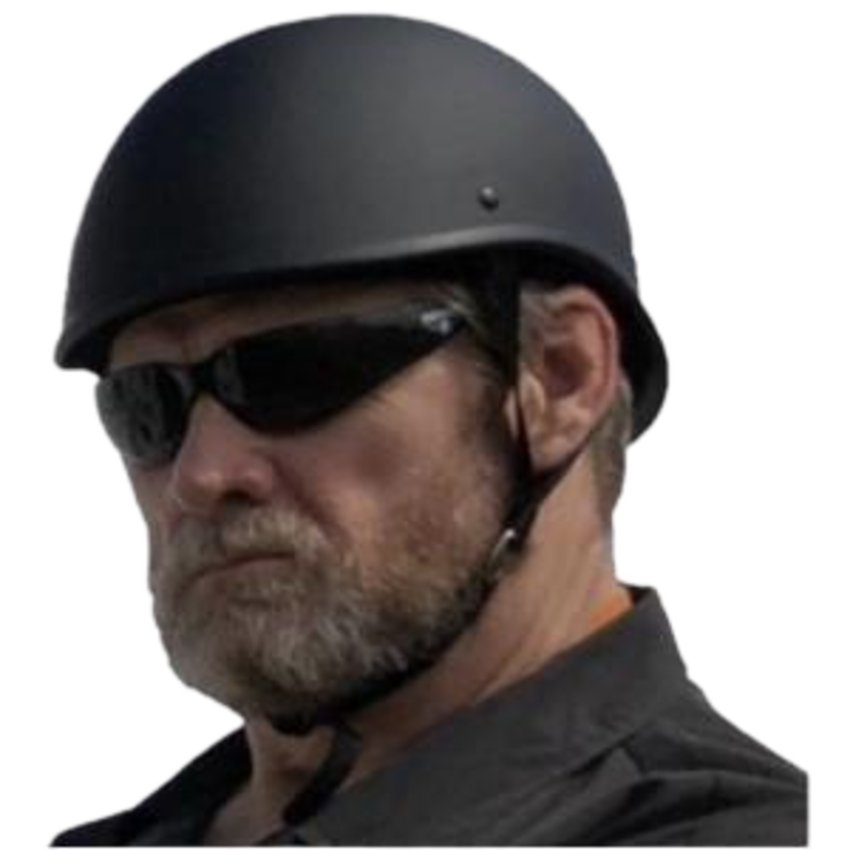Did you ever ride your bike without a helmet? If you ever did, that was an unfortunate decision. Even smallest lids that are DOT approved are lifesavers, making the ride safer and secure for you and others on the road. The Department of Transportation addresses the safety of bikers riding motorcycles, low-power cycle (moped, scooter, motorized bike), and bicycle riders.
As of June 2015, all but three states have motorcycle helmet laws in place. However, most states only require the use of a helmet up to a certain age (varying from 17 to 20 years) or have provisions that uninsured riders must wear a helmet regardless of age. Fewer than 20 states have universal helmet laws in place that require anyone operating or riding a motorcycle to wear a helmet. This number decreased after 1976 when states were no longer required to enact such laws to receive federal highway safety funds.
Research shows that universal helmet laws result in increased helmet use and decreased motorcycle fatalities and serious injuries. Nearly half of all states also have low-power cycle helmet laws in place that cover mopeds, powered scooters, and other motor-powered cycles that are not considered motorcycles.
Safety includes protecting arms and legs ideally by wearing leather or heavy denim. In addition to providing protection in a crash, protective gear also helps prevent dehydration. Boots or shoes should be high enough to cover your ankles, while gloves allow for a better grip and help protect your hands in the event of a crash. Wearing brightly colored clothing with reflective material will make you more visible to other vehicle drivers.
To keep everyone safe, we urge drivers and motorcyclists to share the road and be alert. Motorcyclists must make themselves visible, use DOT-compliant motorcycle helmets, and always ride sober.
How does a helmet work?
Helmets contain a layer of crushable foam. When you crash, the foam crushes, controlling the energy and extending your head's stopping time by about six-thousandths of a second (6 ms), reducing rotational forces and internal strains.




